Editor’s note:
Elliott Chaffer, Executive Creative Director at Trollbäck+Company, talks us through his creative process and how he uses references to inspire creativity, communicate ideas and connect with people.
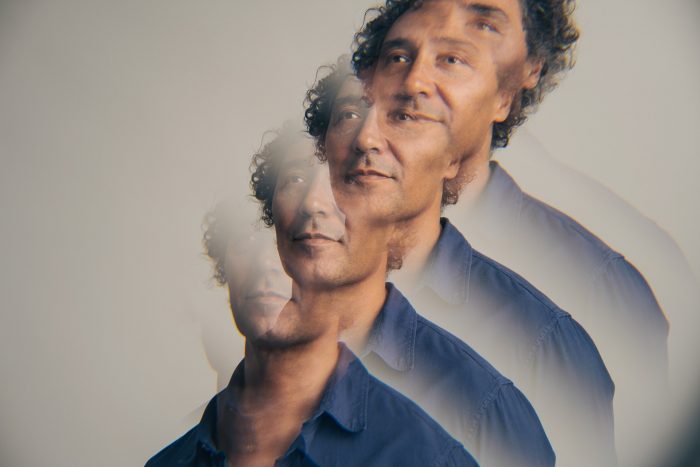
References are my love language. When I meet someone I like, I have a habit of following up the next day with a huge list of links, references, and written ideas for them—oversharing to the point where I often don’t hear back for a few days. No doubt it is overwhelming at times for some people. Like, we only just met, and now they have a whole playlist of videos from me!
I have been called a lot of names: The King of Ref, Ref Chef, Refbeast, Refmeister, etc., and I humbly accept all of them because I use a lot of references in my work, speech, and life.
Early in my career, I chose not to design or animate after realising I couldn’t stand looking at what I executed on the computer. I come from a more photographic and cinematographic background, and during the years I should have been perfecting my design skills, I was running a creative shop and directing. I intentionally moved “off the box” to free myself to think far and wide outside the box. Cut to a few years later, and I am an ECD at Trollbäck+Company. How? Simple answer—pulling ref!

“It’s not where you take things from – it’s where you take them to.” — Jean-Luc Godard
Why Ref?
References help to quickly inspire and communicate a vision to clients and/or creative teams to get everyone’s juices flowing, keep everyone focused on the bigger picture, and keep the dialogue open and inspired. They allow you to get lost in the primordial stew of really inspiring work so that you can have that “Eureka!” moment that leads to great creative.
I recently discovered I have ADHD, and now I understand why I love this part of my job. We have a superpower of hyper-focusing on things we like, which unfortunately comes with complete abandonment of things we don’t. I think in images, and I find words challenging. It’s lucky that images speak a thousand words then, isn’t it?
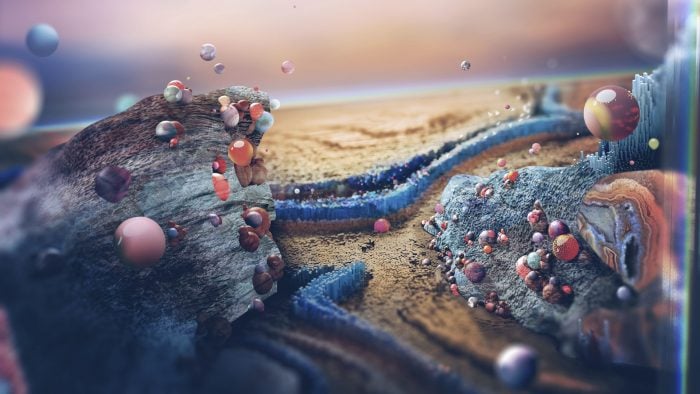
In the initial check-in stages with a client, references are a great way to communicate the overall tone of the project and build excitement. Clients want an emotional connection. Having tools at your disposal that reassure the client that you understand their project goals leads to more confidence and relationship building.
“Many think of references as being primarily part of the brainstorming phase, but they are a huge tool and motivator to keep finding until the project is complete.” –Krysta Coates, Junior Designer + Animator at Trollbäck+Company
As part of our rebrand for FOX Entertainment, we were asked to make a brand film to promote the new strategy, tone of voice, and brand vision to internal stakeholders. Time was short, but the scope was big, and we were able to communicate a vision very quickly with ref, allowing us to get into fabrication and shooting at breakneck pace.
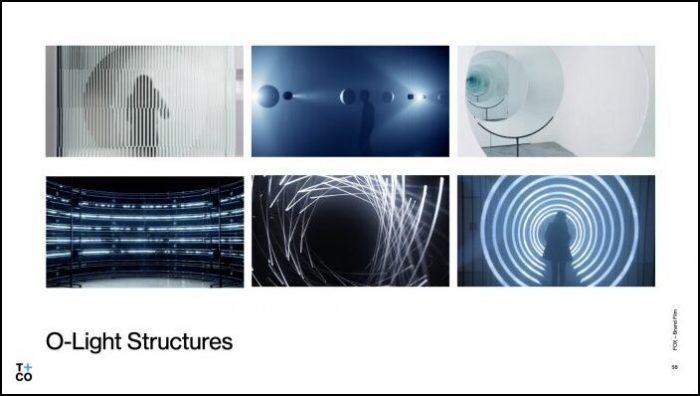
All credit to Ian McRitchie and his amazing team, who instantly got it and who were equally as excited as we were to push the brand language far beyond the brand package.
Once the film was completed, I announced to the team, “And now I can die happy after exhausting all my favorite refs in one piece.”
For The Love Of Ref!
While I love to lead projects, I equally love being brought on to help pull references for other colleagues (and friends). It’s like a dream! I often joke with one of my producers when he’s trying to speak to me about something, and I say to him, “Leave me alone I’m trying to make art.”
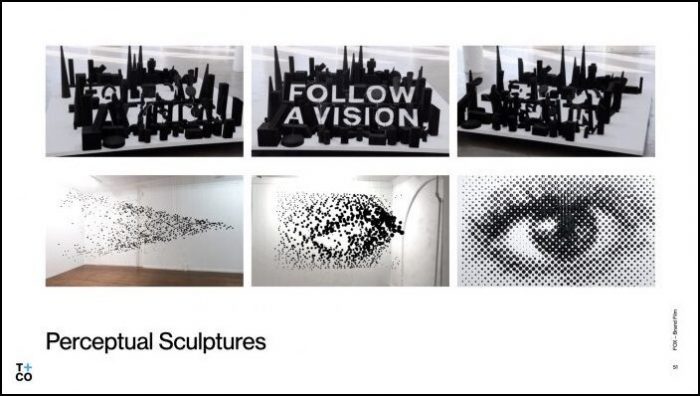
When I get a brief that I’m inspired by, I get an instant dopamine rush. My prefrontal cortex goes into overdrive, and fully fleshed ideas come storming into my mind. It’s like when you start a sentence, and the rest of it starts compiling ahead of your cursor, only for me, it’s like the rest of the paragraph. My mind instantly jumps into gear—connecting a lot of dots, and I’m hungry to find things that prove the idea has not been done or that it should, or even could be.
“I’m not entirely sure Elliott has ever made anything—because he doesn’t have to. He connects all the dots, remixes them, draws something new and fantastic out of everyone he works with, and gets the clients excited to pay for it.” -Erin Kilkenny, Associate Creative Director at Trollbäck+Company.
Cataloging
I recently started a folder called References Dump, where I am now copying over all folders of ref from past jobs to a central hub with the hope that one day I will have time to sort it all out – but I know I won’t! I will generally make folders on my hard drive, labeled with the name of a company, director, or vibe.
Doing so helps me recall the references down the line, particularly when I’m putting keynote presentations together. But, currently, I find myself re-downloading images and videos or copying them from one project folder to another. This isn’t the most efficient use of computer and human memory time. I always find far too much stuff and then have difficulty finding the time to get all the right bits together. But because I love the process, I try to invest extra time in that.
In terms of reference resources, the app called Mymind is a lifesaver for me. Their mission is “no folders, no collections, no wasted time organizing.” It works like your real mind by allowing for one stream of consciousness. To find something in the Mymind system, just search for it: a color, an object or a word that helps you remember what you are looking for. Save it, and Artificial Intelligence takes care of the rest. Your new mind analyzes images, articles, and websites, tagging them for you automatically so you can easily find them later.
“To spark my creativity, I often re-use pieces from my other works… basically collaging my own stuff.” —Nate Williams.
A Few Handy Tips
For presentations, I will rip sections from videos to loop as gifs on a page of stills or to run as moving backplates on section breakers. I usually edit together a mood piece to a track using references to give a sense of the narrative and motion, lighting, and animation styles.
There is also a handy function where you can embed video links directly on the page, which keeps the file size down considerably, but you don’t get the more custom controls that come from dropping a movie in.
If I am working on complex CGI scenes, I will edit the storyboards next to a grid of references so that we can communicate numerous ideas at once for each scene. I will also use references in motion tests and playblast edits to help create energy or feelings for in-camera techniques.
In the process, I definitely get lost in the labyrinth of tenuous links and find myself in vortexes of lateral thinking that only I understand. It’s just like that scene in Being John Malkovich where he sees multiple versions of himself and goes around saying, “Malkovich, Malkovich.” (I just couldn’t help dropping a Spike Jonze ref in there!)
In those moments, I remember to look up and think, “wait, have I gone massively off track and out of scope here?” It’s very easy for me to do, and I do it a lot—perhaps on purpose.
“Don’t bother concealing your thievery – celebrate it if you feel like it.” – Jim Jarmusch
What I’m Saying Is…
Be endlessly curious and hungry. Have an open mind. Don’t be intimidated by things, but rather lean into them and imagine possibilities. Think about how you can apply your thinking to innovate—don’t just copy and pass it off.
If you’re only looking at sites where the algorithm serves up imagery, then chances are your competitors and clients will be referencing the same things. So don’t be lazy; think outside the box. Look around you. At everything. Take pictures even if there’s no purpose. Putting yourself in a mental flow state like this allows your mind to make visual connections quicker down the line.
“If I’m working on a personal project alone, I try not to pull much reference at all — it’s the one time you get to simply see what comes out of your brain when you leave it to its own devices. Ah, but the ref is still there, lurking in the subconscious.” –Erin Kilkenny, Associate Creative Director at Trollbäck+Company.
Know Where (And When) To Look
We’re lucky that Trollbäck+Company’s founder Jakob Trollbäck is an avid book collector, so we have an extensive library of incredible design, architecture, and photography books at our disposal. If you don’t have this luxury, go to galleries and design book shops where you can get lost for hours.
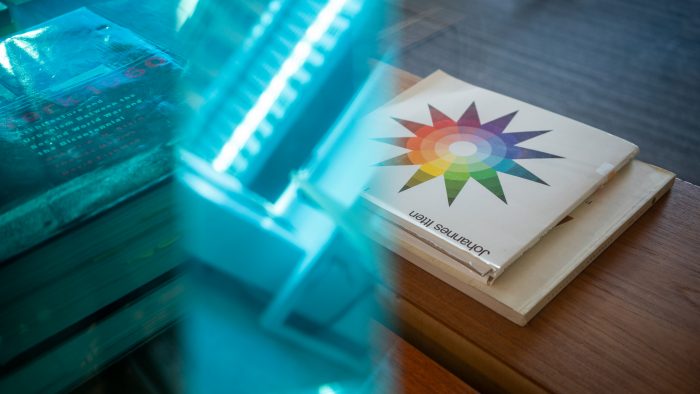
Allow yourself to go down rabbit holes on Google and Vimeo, and Pinterest. Enjoy the journey. Look at the credits on people’s jobs and track down the work of their collaborators. Reach out to the artists, photographers, directors, animators, and designers that you reference and make connections with them to start dialogues. And, most importantly, be honest that it is a ref, and you didn’t create it.
Further, knowing when to stop is important. The further you go, the more ideas sprout and then it gets overwhelming that there isn’t enough time to express them all. But it can still be nice to have some things in the back pocket if needed.
Fools Rush In
Lastly, I’ll say to give yourself enough time to formulate your thoughts. Express them in a client-friendly way that can be easily understood when you are not in the room. Keep in mind that your own imagination may make more visual connections than your team or clients, so you need to clarify your approach so that people don’t get thrown off by the wrong element of a reference. It can, and it does happen a lot, and at that point, you have missed the boat or lost time on a designer going in the wrong direction.
I’ve talked a lot about the power of great ref, my personal process for pulling it, and tips and tricks for creatives. This is all well and good, but I give all the credit to our amazing staff and freelance talent worldwide who help bring these reference dreams into reality.
I especially say thank you to our clients who take leaps of faith to do bold and exciting work with us, which we hope has a lasting impact on their audiences.
I’ll leave you with my personal go-to frames of reference.
Platforms and Design Blogs:
Pinterest, Behance, Dribbble, Vimeo, YouTube, Designspiration, TikTok, It’s Nice That, Visuelle, The inspiration grid, Mind sparkle, Design feed, Good type, Friends of Type, TDC, Nowness
People:
GMUNK, Satellite Lab, Olafur Eliasson, Snohetta Architects, Hush, David Adjaye, Joelsons, Zaha Hadid, Felice Varini, James Turell, Bruno Aveillan, David Carson, Kyle Cooper, Michel Gondry, Spike Jonze, Jonathan Glazer, Brett Foraker, Es Devlin, Anti VJ, Antibody, Dan Holdsworth, Universal Everything, Quayola, Tendril, Man vs Machine, 1st AveMachine, Onedotzero, Treatment studio, UVA, DBLG, Echolab, Rogier van der Zwaag, Nonotak Studio, Jonathan Harris, Joe Picard, FX WRX, Joanie Le Mercier, Renan Ozturk, Jimmy Chin, Humza Deas, Skyfall Shanghai Scene, Christopher Doyle, Tony Hill Rigs, Todd St. John










